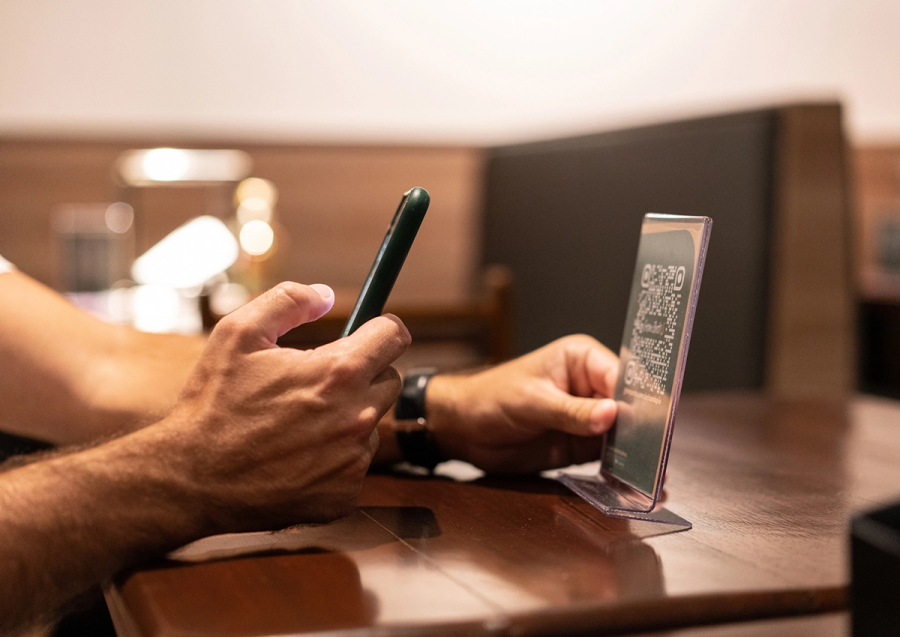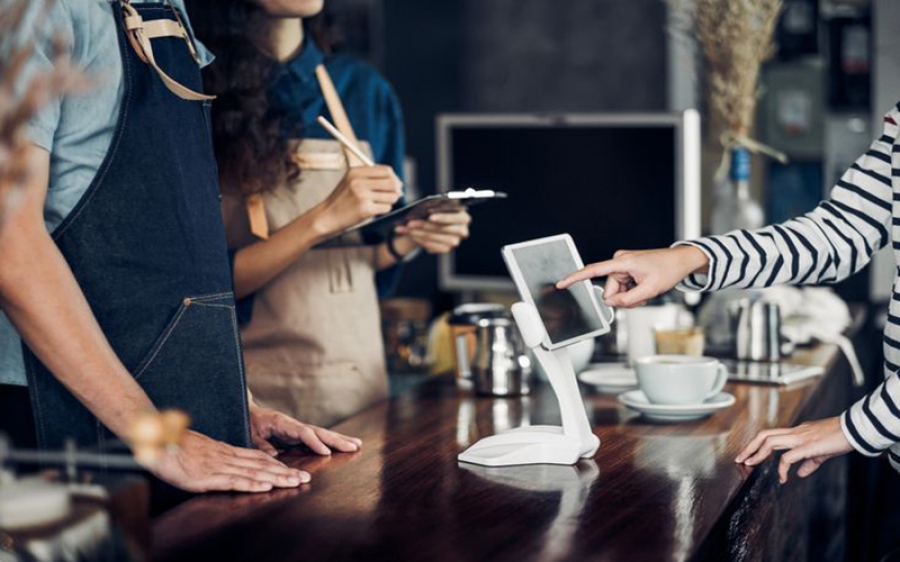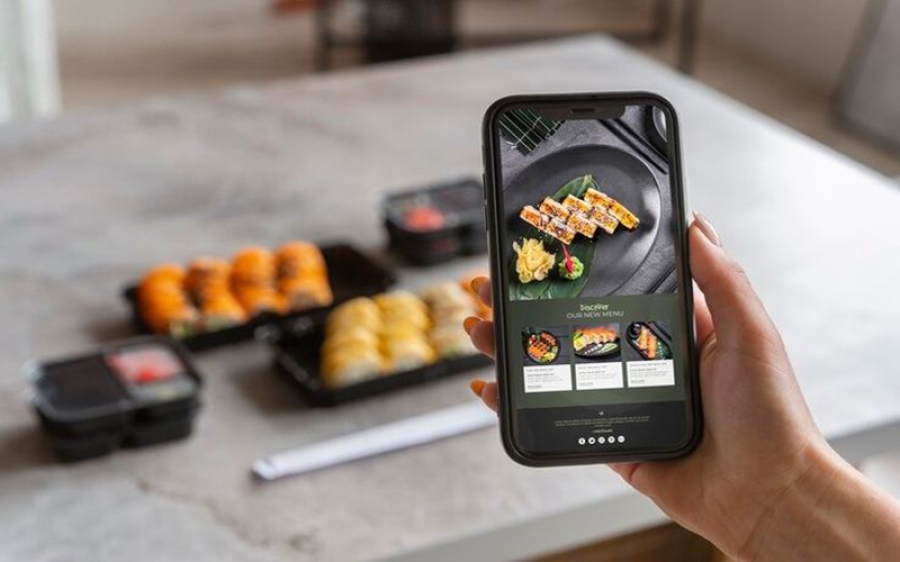Why Are QR Code Menus A Hype These Days
QR code menus have become a significant trend in the restaurant industry, particularly in the wake of the COVID-19 pandemic. This digital innovation has been embraced for its ability to provide a contactless solution, ensuring safety and convenience for both customers and staff. Here's a detailed exploration of why QR code menus are considered a hype these days, drawing from the provided sources:
Health and Safety Considerations
The most immediate and compelling reason for the adoption of QR code menus is the health and safety concerns raised by the COVID-19 pandemic. By offering a touchless solution, QR code menus minimize the risk of virus transmission, aligning with public health guidelines and reassuring customers about the safety measures in place. This aspect has been a significant factor in the rapid adoption of QR code menus in restaurants, allowing for menu scanning, ordering, and paying without physical contact
Increased Efficiency
Beyond health and safety, QR code menus have been recognized for their efficiency benefits. They streamline the ordering process, reduce wait times, and allow for orders to be placed directly through a mobile device, bypassing the need for a server. This efficiency leads to increased revenue and better customer satisfaction. The convenience of scanning a QR code to access a menu or place an order has been well-received by both customers and restaurants
Customer Engagement and Preferences
A 2021 study highlighted that a significant percentage of customers, particularly those aged between 18 and 44 years, were willing to use more QR code-based features in the future. This indicates a positive trend towards digital menu solutions, with a notable increase in QR code downloads. The convenience and the ability to access menus and ordering systems directly from a smartphone have made QR code menus appealing to a broad audience. Restaurants have also incentivized customers to use QR code menus by offering discounts or free drinks, further driving their adoption
Operational and Environmental Benefits
QR code menus offer operational and environmental advantages. They reduce waste by eliminating the need for physical menus, which often require multiple print runs for seasonal or special promotions. This not only saves on printing costs but also minimizes paper waste. Additionally, digital menus are hygienic, reducing the risk of germ transmission during the ordering process. This hygienic aspect, combined with the convenience of digital menus, has been a significant factor in their adoption
Shift in Consumer Preferences
Despite the initial surge in popularity, there has been a noticeable shift in consumer preferences towards traditional menus. A survey conducted by Technomic found that a majority of respondents preferred paper menus when dining at sit-down restaurants, with a preference that dipped slightly among older age groups. This shift reflects a desire for a more traditional dining experience, where the focus is on the ambiance and the dining experience rather than navigating a digital menu. However, the benefits of QR code menus, such as efficiency and hygiene, remain compelling for many
Contactless Convenience:
During the pandemic, QR code menus gained prominence due to their touchless nature.
Customers appreciated the ability to view menus, place orders, and even pay without physical interaction.
QR codes provided a sense of safety and hygiene.
Cost-Effective and Eco-Friendly:
QR codes eliminated the need for printing paper menus, reducing costs for restaurants.
Environmentally conscious diners appreciated the reduction in paper waste.
Real-Time Updates:
Restaurants could easily modify menu items, prices, or descriptions without reprinting.
This flexibility was especially valuable during supply chain disruptions.
Efficient Ordering:
Guests could explore the menu at their own pace, avoiding rushed decisions.
Quick access to visuals and descriptions improved the overall dining experience.
Why QR Code Menus Are Losing Appeal:
Tactile Comfort:
Some patrons miss the tactile experience of holding a physical menu.
The familiarity of flipping through pages and discussing options with a waiter is irreplaceable.
Technical Challenges:
QR codes occasionally frustrate users. Phones struggle to recognize them, leading to annoyance.
Smudged screens, poor lighting, or damaged QR stickers hinder smooth scanning.
Battery Anxiety:
Dining out with low phone battery can be stressful.
QR menus rely heavily on smartphones, and diners fear running out of juice mid-meal.
Romantic Moments Lost:
Imagine a potential connection fading away as you both fumble with phones to navigate the menu.
QR codes lack the charm of a physical menu in such situations.
Declining Usage:
According to the New York Times, scans of restaurant QR codes have dropped by 27% in a year
Fewer restaurants are creating new QR-code menus, and many existing ones are rarely scanned.
In summary, while QR code menus revolutionized dining during the pandemic, they now face competition from nostalgia for traditional menus.
Conclusion
The hype around QR code menus can be attributed to their ability to address critical health and safety concerns, enhance operational efficiency, and engage customers with a convenient and contactless dining experience. While there has been a shift in consumer preferences towards traditional menus, the benefits of QR code menus, including waste reduction and hygiene, continue to make them a relevant and valuable tool for restaurants. As the industry adapts to changing consumer preferences and technological advancements, QR code menus are likely to remain a significant trend, offering a balance between modern convenience and traditional dining experiences.








